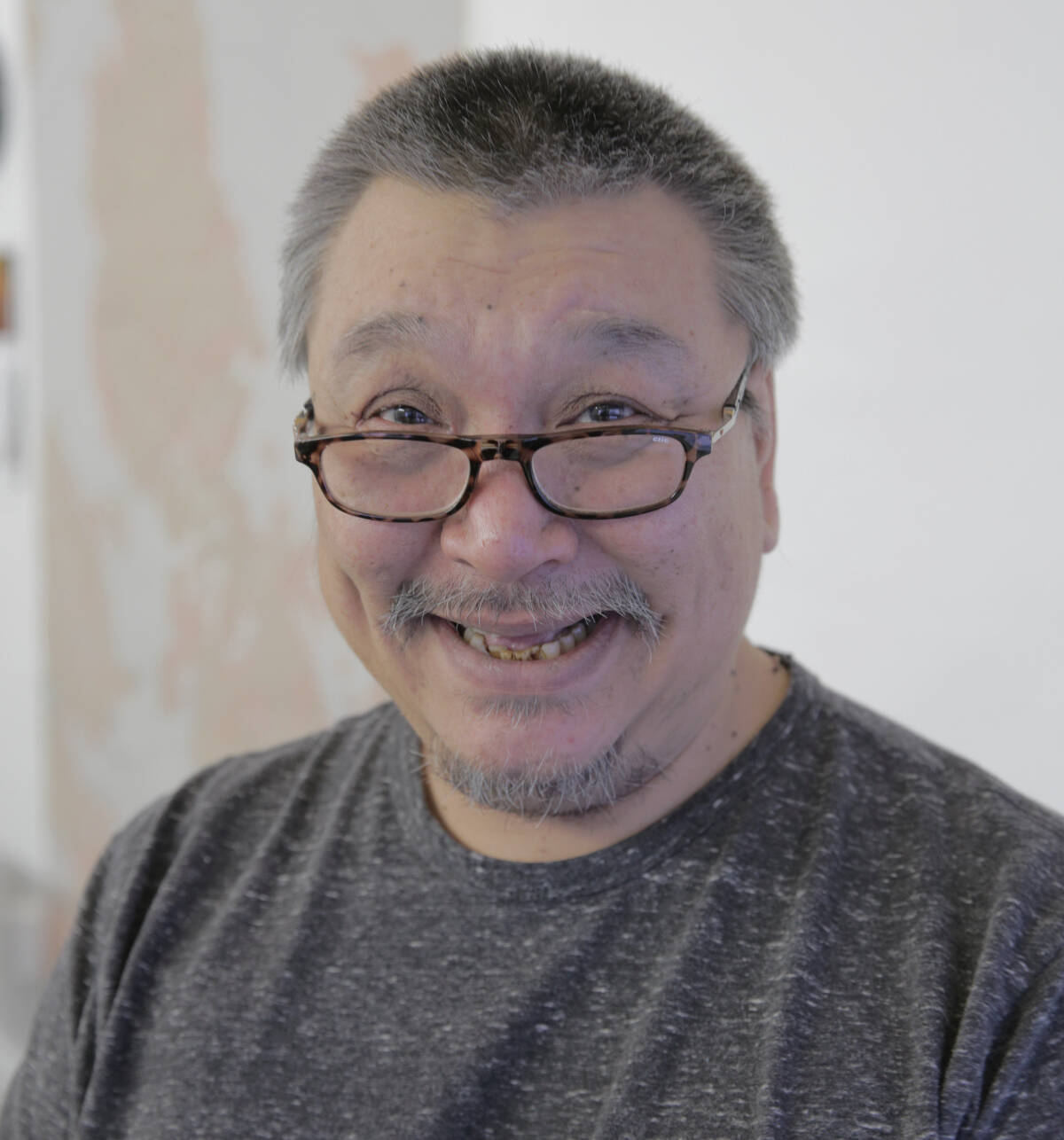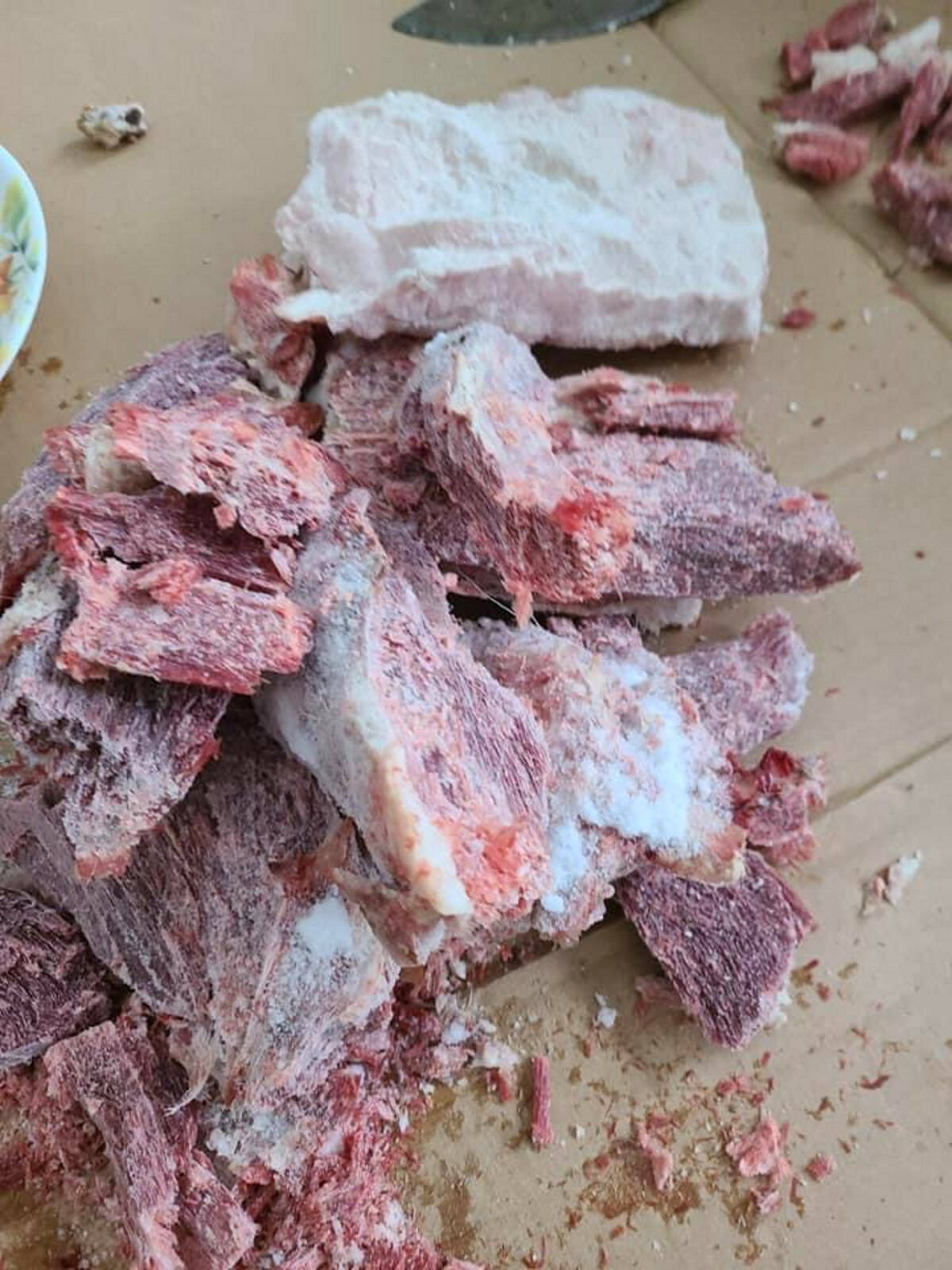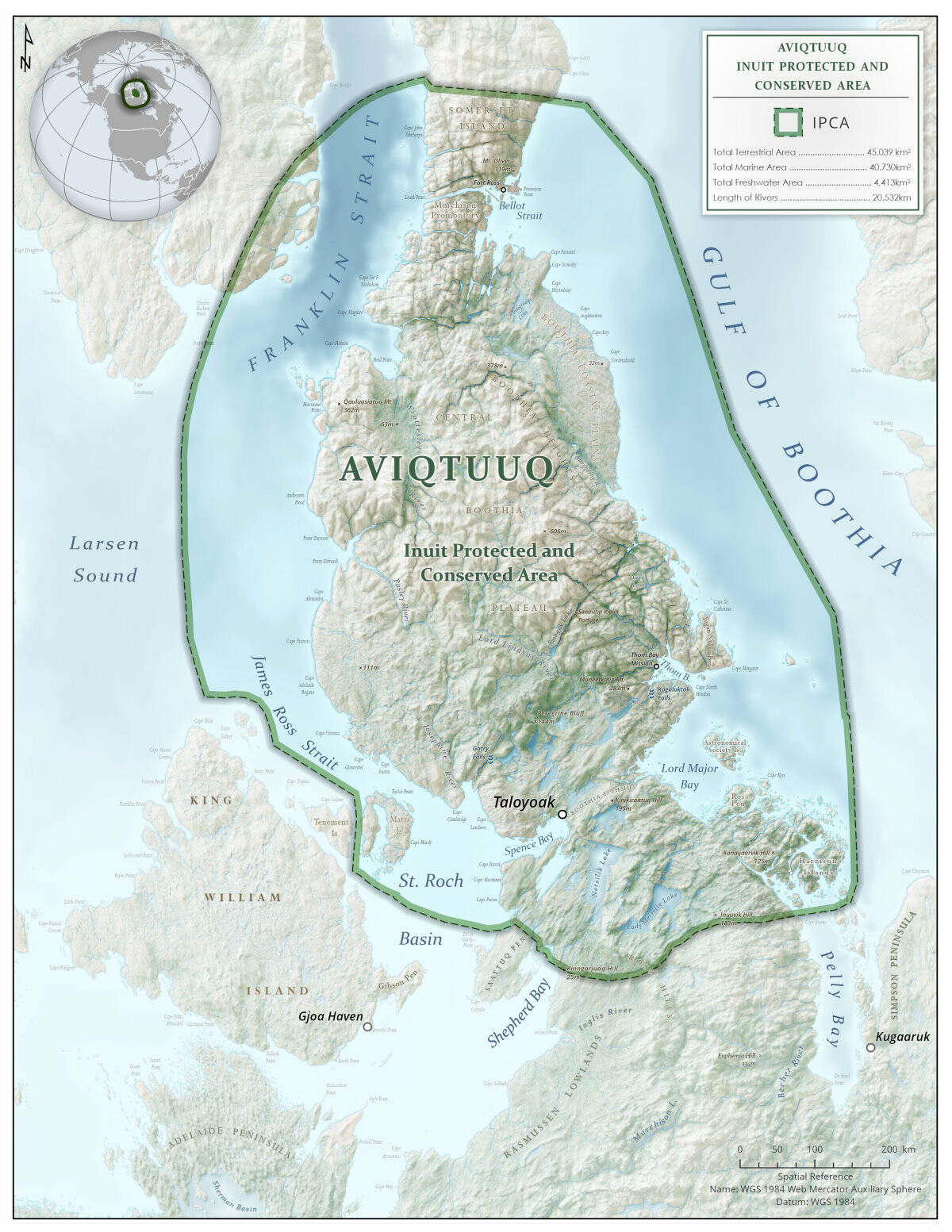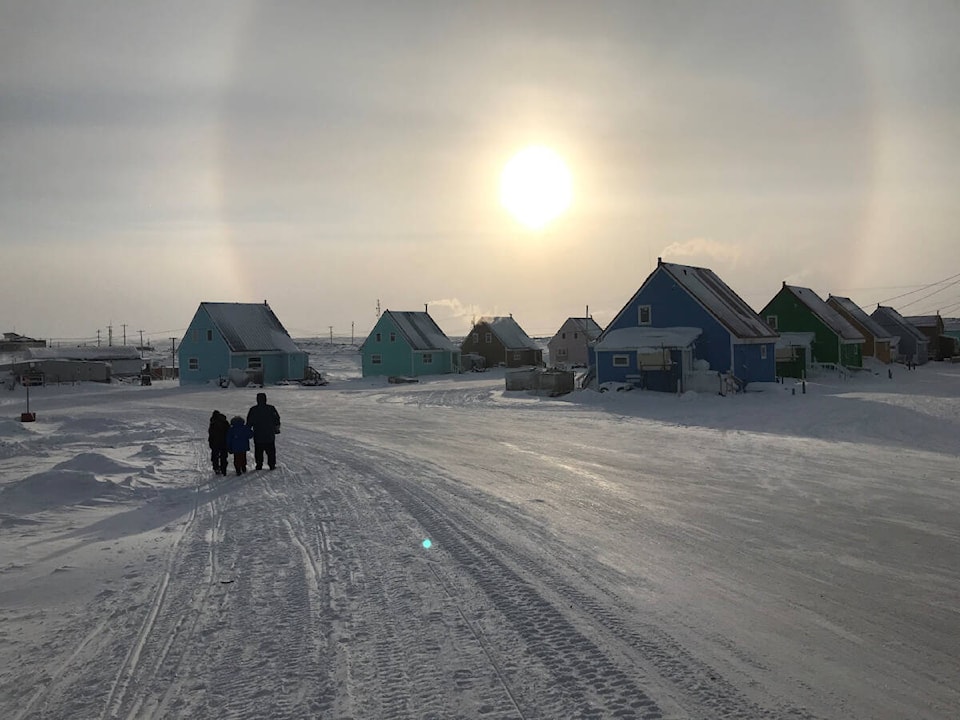Hopes of establishing a country food program in Taloyoak are moving closer to fruition as plans for a processing centre are firming up.
Members of the Spence Bay Hunters and Trappers Association are arranging to have a prefabricated building shipped from the Montreal area on sealift this summer, according to Jimmy Oleekatalik, manager of the organization.
“Everybody’s been very excited about it and looking forward to the actual cut-and-wrap (facility) and country food,” he said.
The group has also secured a piece of property through the Hamlet of Taloyoak where the plant will be located.
The Niqihaqut Project, which translates from the Inuit language as “our food,” received $451,000 through the Arctic Inspiration Prize in 2020. That funding is making the cut-and-wrap facility possible, said Oleekatalik. As the project scales up, more assistance will be needed from the government, he added.
“The building is not going to be as big as we wanted, but we’re anticipating once we can show that we’re doing what we want to do, then we can ask for funding for a bigger place,” he said.
He’s expecting that the program will provide work for up to 20 people, mostly hunters and trappers. They will be providing a supply of char, whitefish, trout, cod, muskoxen, caribou, bowhead, polar bear, ducks and geese.
“All kinds of animals that we eat,” Oleekatalik said, adding that the aim is to help the community of close to 1,000 people meet their dietary needs, but not go regional or territorial in scope. “We don’t want to over-harvest our game here. It’s just mostly for the community. The money we make, we want to use to go out on the land with young people and connecting back to their roots.”
Oleekatalik expects that availability of country food through the program will begin as early as this fall. In the meantime, the community has been relying on the Government of Nunavut’s Country Food Distribution Program.
The Arctic Inspiration Prize, a charitable trust that presents annual awards of up to $1 million, summarized the Niqihaqut Project this way: “A persistent problem confronting Inuit communities is food security. Store-bought food is expensive, and many Inuit children show up for school hungry. Lack of access to country food has implications for Inuit culture, traditions and social relations. Niqihaqut won $451,000 to develop a new model of social economy and food sovereignty anchored in the protection of Aviqtuuq (the Boothia Peninsula). The project will address food security through sustainable and innovative harvesting, and the processing and use of country foods, all guided by Inuit values. It hopes to provide local incomes, contribute to healthier diets, and help preserve local knowledge.”
Protected area
An associated 90,000-square-kilometre protected and conservation area on the Boothia peninsula, if approved, will safeguard marine and terrestrial animals from industrial development, such as mining and oil and gas, but the wildlife will remain accessible to hunters, according to Oleekatalik.
“It’s going to be managed though,” he said of the huge tract of land, known as Aviqtuuq.
Brandon Laforest, senior specialist of Arctic species and ecosystems with World Wildlife Fund (WWF) Canada, said the conservation organization lent its resources to the Niqihaqut Project close to four years ago after the Spence Bay Hunters and Trappers Association requested help from the WWF to advance the initiative.
“I think it’s an exact model of how we want to work at WWF in terms of supporting Indigenous-led conservation,” said Laforest. “It all sparked from there in terms of a conservation area that promoted food sovereignty and jobs. It’s just totally aligned with how we want and do work in Nunavut.”
Although WWF Canada has backed many protected and conservation areas across the country, this is the first in Nunavut that is being championed by an Inuit group, Laforest noted. While the timeline to advance the nominated area to protected status remains unclear, Laforest pointed to the federal government’s commitment to protect 25 per cent of Canadian land and oceans by 2025 and by 30 per cent by 2030.
Creating the proposed conservation area is subject to the successful negotiation of an Inuit Impact and Benefit Agreement, Laforest noted.
“This isn’t just protecting an area for the sake of protection. This is creating economic opportunities through conservation that are aligned with community values and contribute to community wellbeing,” he said.
Related consultations have been delayed due to Covid, Oleekatalik and Laforest acknowledged.
“It’s a long process. Protection doesn’t happen overnight,” said Laforest.



